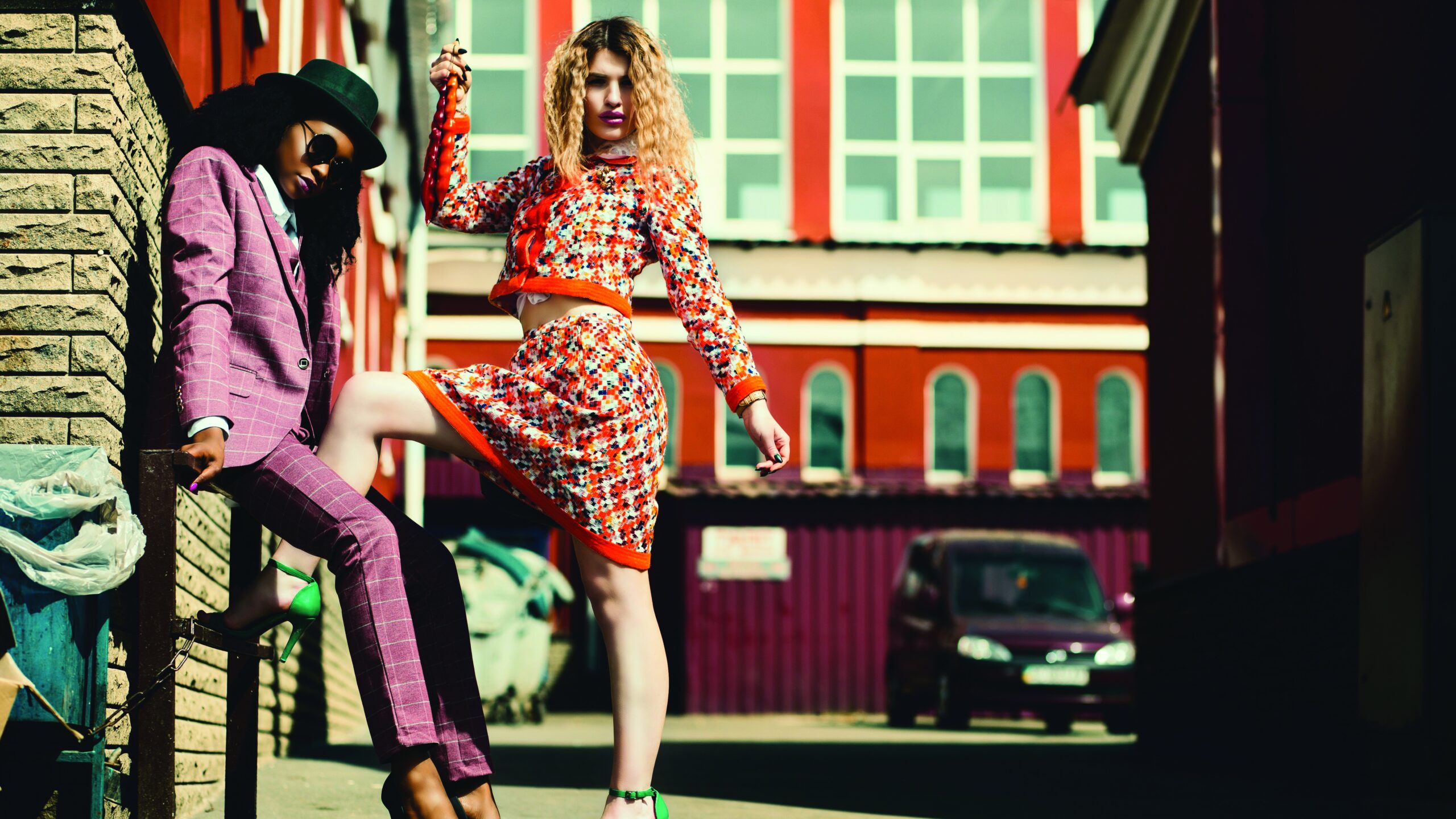Brand collaborations are generally visionary alliances of inspiring creativity, but in one respect they are no-brainers – they are done because of their effectiveness to garner higher sales and reach a wider audience. The 2010s were the peak years of collaboration, but the phenomenon that began back in the early 2000s was initially just hype. Since then, it has been proven that two is really better than one by making the sole product or service more exclusive, and therefore the demand higher. Many of these items become rare collectables with a prestige value that increases as the years go by.
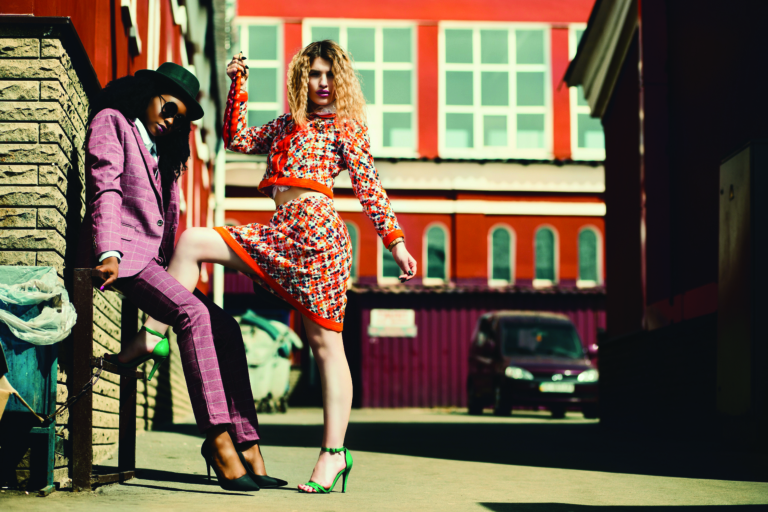
Collaborations also strengthen a brand’s reputation by supporting artists, charitable organisations and innovations. Essentially, modern brands must be relatable and accessible, savvy social communicators, and the centre of a community of creatives, artists, muses and friends – and true enough, no one does it alone.
With the younger spending groups becoming smarter with their purchases, luxury brands in particular have had to make their products more memorable by creating unusual visuals, packaging and taste associations. As there are no set guidelines for how companies and other partners should collaborate, the success of the initiative depends on ingenuity. But in the era of serial collaboration, how does one stand out?
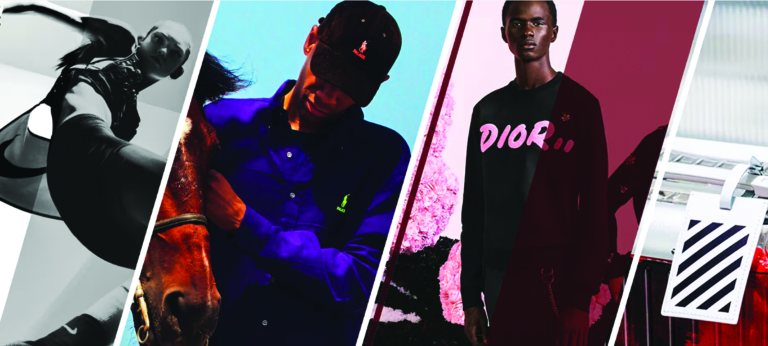
Long-Term Benefits
Collaborations between brands are the most common phenomenon. Such action may involve working with a partner brand on a joint product line, collaborating to provide a service package or creating products that perfectly match each other. Collaboration at the brand level often means reaching a wider audience. As a rule, the audience of such ‘one-off’ campaigns can exceed the audience of both brands together and bring unique value to clients.
One perfect example is the launch of the first Dior Men collection by Kim Jones. It generated a lot of excitement, not only for its fusion of workwear and couture trends but also for the roster of well-known designers Jones gathered under the Dior brand. Yoon Ahn, the co-founder of Ambush, was appointed head of jewellery for Dior Men while custom buckles were created by Matthew Williams, the independent mastermind behind Alyx, for Jones’s first two collections. In this way, Jones developed a community of creatives that he could continue to collaborate with for the foreseeable future rather than promoting these alliances as typical collabs – or worse, hiring Yoon and Williams without giving them credit.
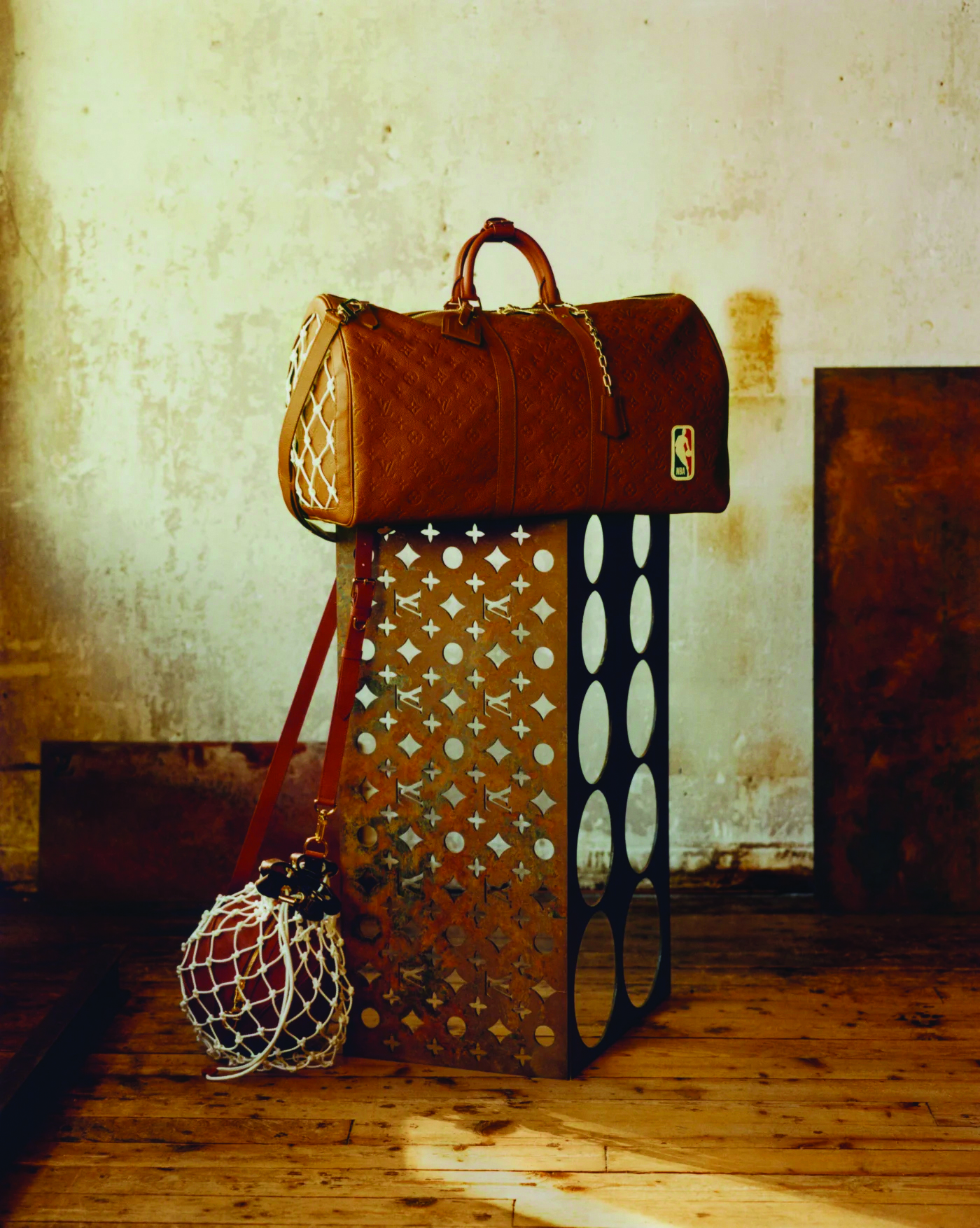
Icons x Newbies
The most traditional choice of collaboration is a business enterprise working with an artist. This partnership gives the artist creative licence so that the finished product is an original work of art rather than a well-completed design task. By celebrating both the old and the young, the established and the rising star, products are raised to a new artistic level.
With limited resources and access, emerging fashion designers have a difficult time breaking into the industry. Some major brands have formed beneficial alliances with up-and-coming acquired a measure of rejuvenation or street cred.
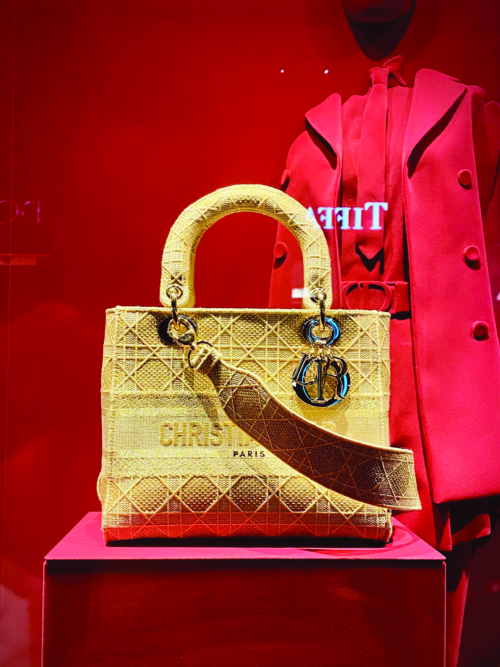
Case in point: Burberry. Although he finally changed both, Riccardo Tisci’s first objective upon joining Burberry in 2018 was neither to revamp the logo nor reimagine the runway presentation. He announced that he would be working with Vivienne Westwood and made news when a legacy brand and an anti-establishment designer clashed culturally. Truly, Tisci was creating room in the battle for the novelty to honour a fashion icon.
A similar strategy was used by Nicolas Ghesquière at Louis Vuitton in the same year when he commissioned Vogue legend Grace Coddington to create a line of accessories that were based on their pets. By working with Coddington, Ghesquière demonstrated that fashion can be more than a business – he also solidified the significance of her capacity to influence fashion from behind the scenes. Are we primarily talking about reputational and PR benefits here? Maybe. Is it effective? Definitely.
(Text: Joseff Musa)
Read the full article in the April 2023 issue (pg: 120). Available on the Gafencu app on Android and Apple.



